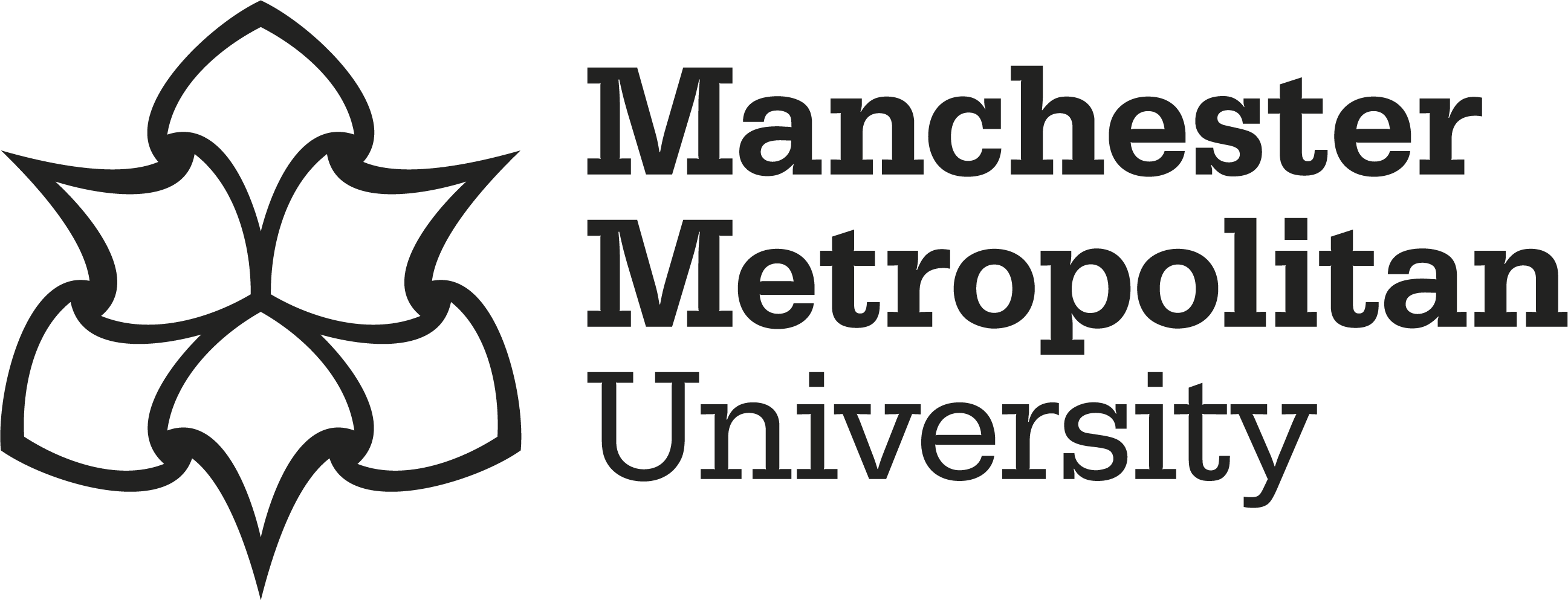Sikosana, Mkululi 


|
Published Version
Available under License Creative Commons Attribution. Download (755kB) | Preview |
Abstract
The rapid spread of health misinformation on online social networks (OSNs) during global crises such as the COVID-19 pandemic poses challenges to public health, social stability, and institutional trust. Centrality metrics have long been pivotal in understanding the dynamics of information flow, particularly in the context of health misinformation. However, the increasing complexity and dynamism of online networks, especially during crises, highlight the limitations of these traditional approaches. This study introduces and compares three novel centrality metrics: dynamic influence centrality (DIC), health misinformation vulnerability centrality (MVC), and propagation centrality (PC). These metrics incorporate temporal dynamics, susceptibility, and multilayered network interactions. Using the FibVID dataset, we compared traditional and novel metrics to identify influential nodes, propagation pathways, and misinformation influencers. Traditional metrics identified 29 influential nodes, while the new metrics uncovered 24 unique nodes, resulting in 42 combined nodes, an increase of 44.83%. Baseline interventions reduced health misinformation by 50%, while incorporating the new metrics increased this to 62.5%, an improvement of 25%. To evaluate the broader applicability of the proposed metrics, we validated our framework on a second dataset, Monant Medical Misinformation, which covers a diverse range of health misinformation discussions beyond COVID-19. The results confirmed that the advanced metrics generalised successfully, identifying distinct influential actors not captured by traditional methods. In general, the findings suggest that a combination of traditional and novel centrality measures offers a more robust and generalisable framework for understanding and mitigating the spread of health misinformation in different online network contexts.
Impact and Reach
Statistics
Additional statistics for this dataset are available via IRStats2.


